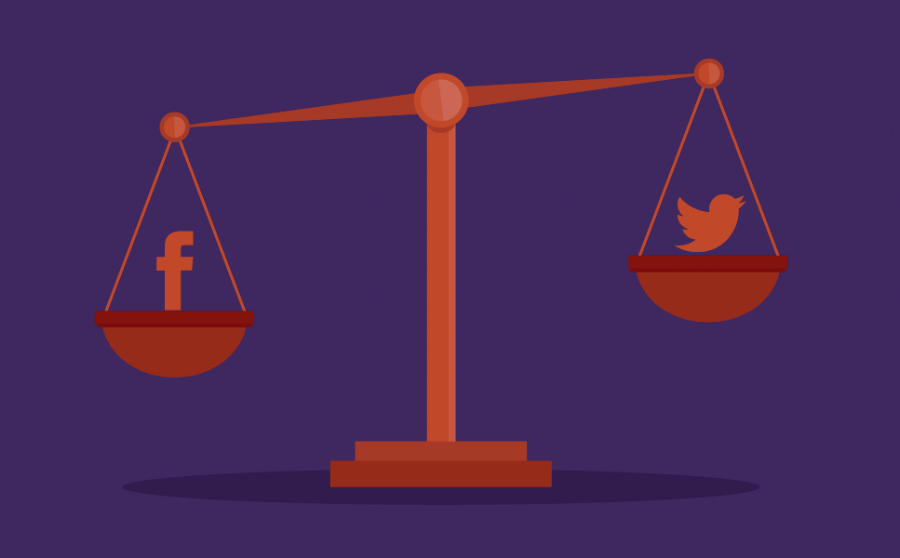Intellectual Property in Kenya: Social Media and Intermediary Liability
- Victor Nzomo |
- October 1, 2017 |
- CIPIT Insights,
- Intellectual Property,
- Social Media and the Law

This semester I spoke to the 3rd Year Strathmore Law Class on the topic of Social Media. Being an intellectual property law class, I divided up my presentation into three key areas. Firstly, social media as the subject matter of IP, which was the focus of a previous blogpost here. In this post, we consider IP in Social Media with a focus on the question of intermediary liability.
There are three main actors namely the IP owner, the social media user and the intermediary (in this case the owner of the social media platform). It is important to note that the social media user may also be the IP owner but this is not always the case. The intermediary is well aware that its users are sharing content and information that is covered by IP rights. Therefore the intermediary offers its social media platform to its users in exchange for a license with respect to all IP content that is shared. Typically this IP license is embedded in the Terms of Use thus forming part of a binding agreement/contract between the user and the intermediary. The license granted under the terms is typically a non-exclusive, transferable, sub-licensable, royalty-free, worldwide lice to use any IP content that is posted by the user.
There are two models for limiting liability of internet service providers (ISPs) for copyright infringement: the American model based on the Digital Millennium Copyright Act (DMCA) and the European model based on the European Union (EU) Directive on Copyright in the Information Society. Both models limit the liability of OSPs acting as the following: mere conduits, engaging in system(proxy) caching or acting as hosts.
The Copyright (Amendment) Bill, 2017, which is currently pending in Parliament, introduces the Kenyan version of ‘safe harbours’. Borrowed from the American legal framework, safe harbours constitute conduct by ISPs that is exempt from liability. The first of these is where an ISP provides access to, transmits, routes or provides storage for infringing content in the ordinary course of business. Secondly, an ISP will be exempt from liability for infringement in cases of automatic, intermediate and temporary storage of infringing content for efficient transmission (system caching). The third exemption is where infringing content is stored at the request of the recipient and the fourth exemption covers instances where the ISP refers users to a webpage containing infringing content. These exemptions subsists as long as the ISPs comply with a set of exemptions outlined under each.
Further the Bill proposes a two-step notice-and-takedown procedure for ISPs to disable access to allegedly infringing material. ISPs are to consider requests from persons claiming to be copyright owners and peruse the affidavits on ownership and on the attempts made to contact the websites hosting the infringing material. The impugned websites will have the right to file counter notices with the ISPs. The provision requires compliance with a takedown notice, malicious or not, within 48 hours.
In the next post we will consider IP advantages and disadvantages of social media before looking at two case studies from Kenya.
